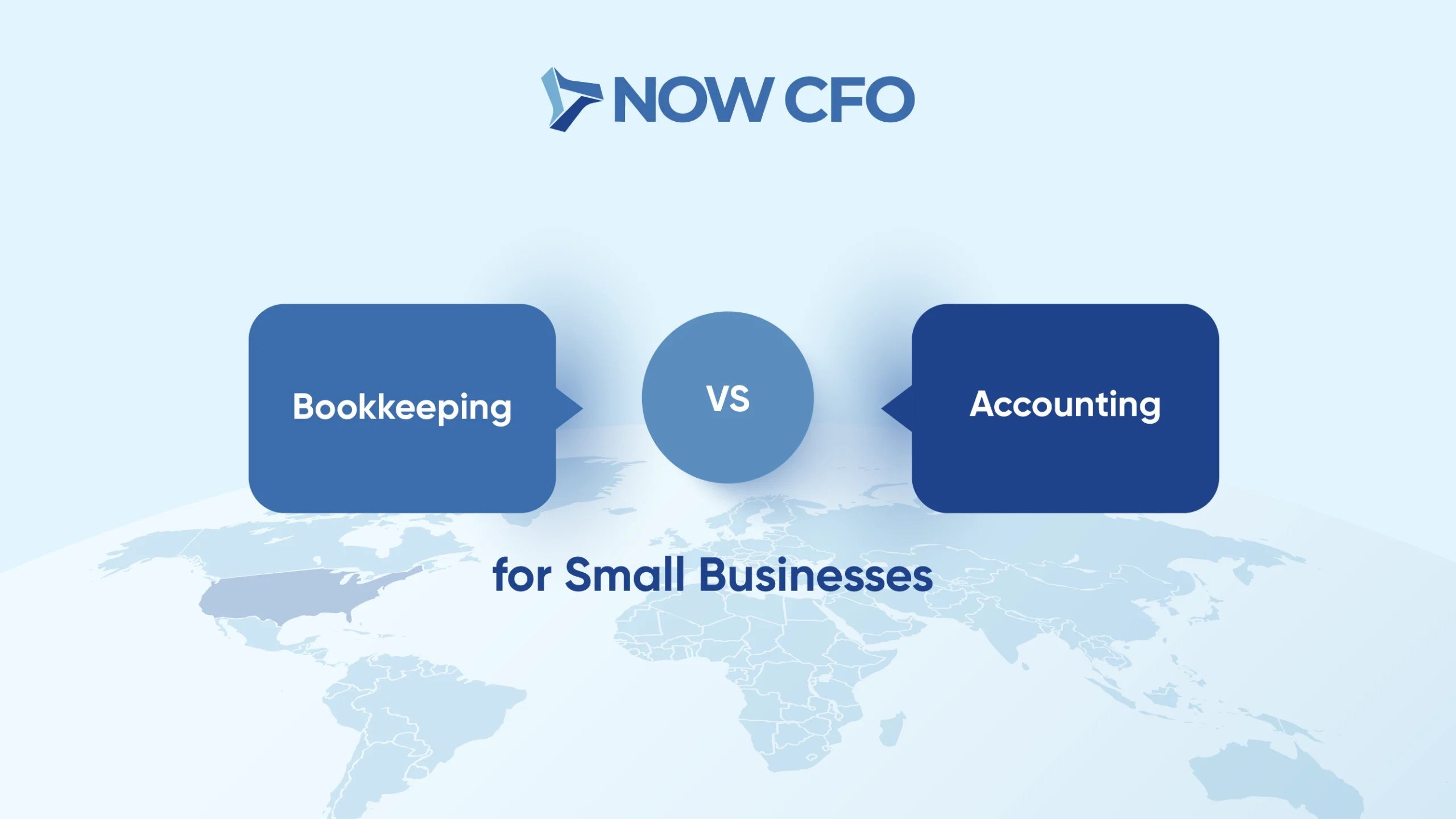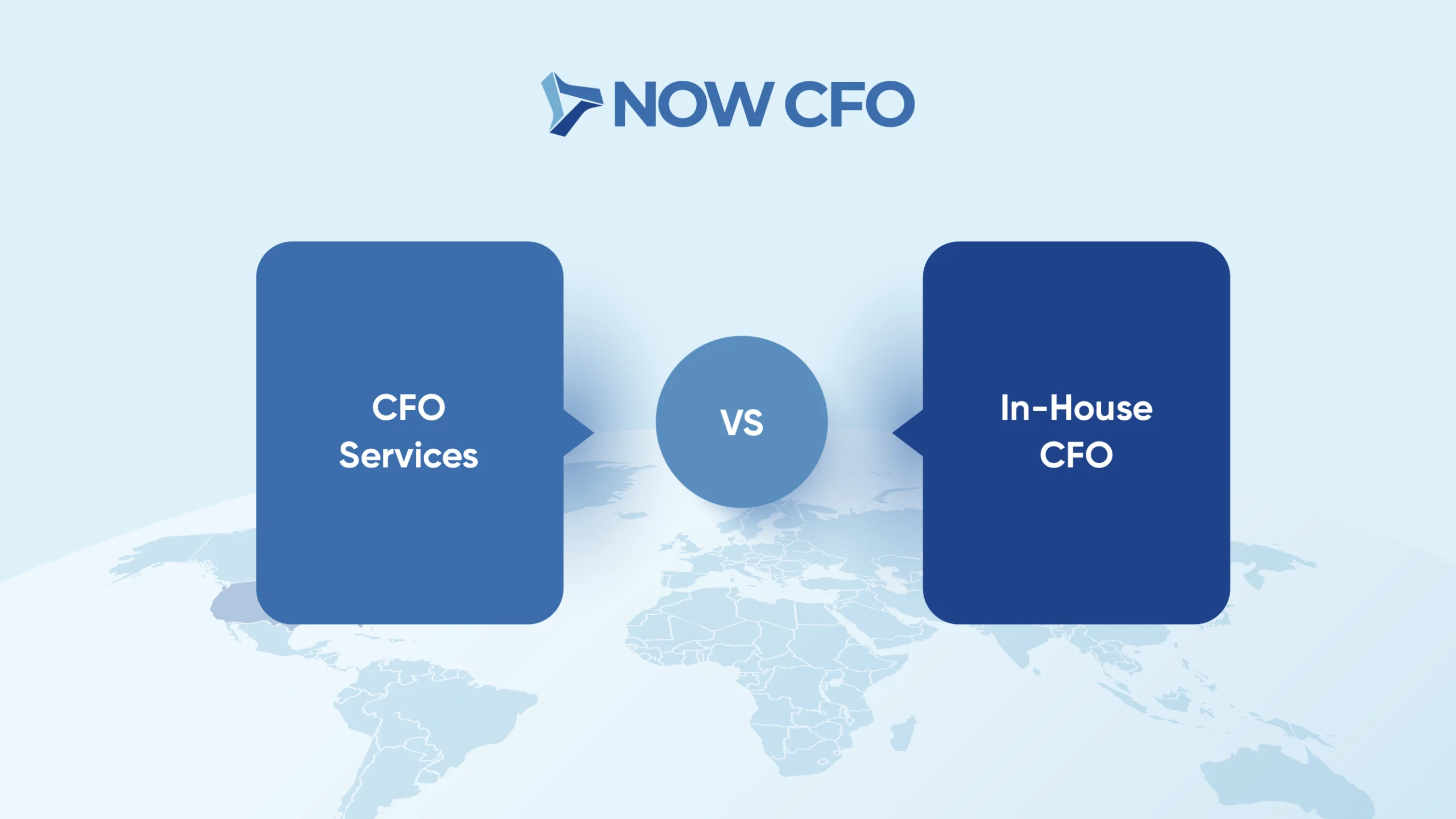
Introduction to Financial Statements
Financial statements are the backbone of any personal or business financial health assessment. They are like a financial report card, providing a snapshot of financial performance over a specific period. However, 60% of business owners feel they aren’t knowledgeable about accounting. Understanding these financial statements is crucial for business management and personal finance, as they help make informed decisions, assess financial health, and plan future actions.
The Importance of Regular Review
Incorporating regular reviews of financial statements is vital for several reasons:
- Identifying Trends: Regularly reviewing financial statements is crucial for recognizing and understanding trends in financial performance. This process allows for tracking key metrics over time, revealing patterns in revenue growth, expense management, or cash flow changes. These insights are vital for strategic planning and effective decision-making, as they highlight areas of strength and opportunities for improvement.
- Decision-Making Tool: Financial statements are essential for informed decision-making in business and personal finance contexts. By regularly reviewing these documents, individuals and businesses can make well-informed choices about investments, cost management, expansion strategies, and resource allocation.
- Early Detection of Errors or Fraud: A consistent and thorough review of financial statements can lead to the early detection of any anomalies, errors, or signs of potential fraud. Catching these issues early can be crucial in preventing substantial financial losses, maintaining the integrity of financial data, and ensuring compliance with state and federal regulations.
- Tax Planning and Investment Strategy: Regular analysis of financial statements is instrumental in effective tax planning and the development of solid investment strategies. It provides a clear picture of current financial health. It helps forecast future financial positions, ensuring that decisions regarding taxes and investments are made with comprehensive and up-to-date financial information.
- Performance Benchmarking: Regularly reviewing financial statements allows for performance benchmarking against records and industry standards. This benchmarking is key to evaluating how a business or individual’s financial health compares to competitors or personal financial goals. It helps identify areas where performance is lagging and where it excels, guiding targeted improvements and strategic adjustments.
Understanding Key Components
To master financial statements, one must understand their key components. Consider the following:
- The Balance Sheet: This financial snapshot highlights assets (resources like cash and property owned by the company), liabilities (obligations such as loans and accounts payable), and equity (owner’s interest, calculated as assets minus liabilities). Assessing the company’s financial stability and liquidity at a specific time is crucial.
- The Income Statement: The income statement shows financial performance over a period, focusing on revenue (income from sales/services), expenses (costs incurred in earning revenue), and profit (earnings remaining after deducting expenses). It’s essential for evaluating a company’s profitability and operational efficiency.
- The Cash Flow Statement: Divided into operational, investment, and financing activities, the cash flow statement details cash flow changes and is critical for understanding the company’s cash management. Operational activities show cash used or generated in daily operations, investment activities reflect cash flow from asset transactions, and financing activities reveal cash movement related to borrowing and equity.
Steps to Review Financial Statements Effectively
To review financial statements effectively, one must follow a structured approach:
- Preparing: Gather the necessary financial statements and relevant comparative data from previous periods. This step also involves equipping yourself with the appropriate tools and a basic understanding of accounting principles, setting the stage for an effective review.
- Analyzing: Analyze the current financial statements compared to previous ones, focusing on changes in revenues, expenses, assets, and liabilities. This analysis should include identifying the reasons behind these changes, whether from operational adjustments, market conditions, or other factors.
- Checking for Accuracy: Ensure all transactions are correctly recorded and comply with relevant accounting standards. This step is crucial for keeping the integrity of the financial data and the overall analysis.
- Identifying Trends: Examine the financial statements over several periods to identify patterns and trends, especially in areas like sales growth, expense management, and profitability. Spotting these trends is key to forecasting future performance and guiding strategic decisions.
- Ratio Analysis: Utilize key financial ratios to delve deeper into the company’s liquidity, solvency, efficiency, and profitability. This involves calculating current, debt-to-equity, and return-on-equity ratios, providing quantifiable insights into financial health.
Common Mistakes to Avoid
Even with the best intentions, certain pitfalls can undermine the effectiveness of financial statement reviews. Be on the lookout for the following:
- Misinterpreting Financial Data: This mistake involves misunderstanding the financial information presented in the statements. This can happen due to financial illiteracy or a failure to consider the context in which the data is presented. Misinterpretation can lead to flawed analyses and poor decision-making. Understanding the accounting principles behind the numbers and seeking clarification when in doubt is crucial.
- Overlooking Small Discrepancies: Small discrepancies, such as minor variances in expenses or slight deviations in revenue trends, might seem insignificant but can indicate larger underlying issues. These details must be addressed to avoid a cascading effect of errors or mismanagement going unnoticed. Regular, meticulous reviews help in catching these discrepancies early.
- Ignoring Non-Financial Information: Focusing solely on the numbers and neglecting external factors like market trends, regulatory changes, or competitive dynamics can provide a skewed view of a company’s financial health. Non-financial factors can significantly impact operations and future financial performance, so they should be integrated into the analysis.
- Failing to Compare with Industry Standards: Not benchmarking a company’s financial performance against industry norms can result in an incomplete analysis. Industry comparisons provide context, helping to understand whether a company is underperforming, outperforming, or aligned with sector trends. It’s important to use industry-specific benchmarks for a more accurate assessment.
- Neglecting the Big Picture: Getting too absorbed in the details and missing the overall financial health and future implications can be a critical oversight. It’s important to balance attention to detail with a holistic view of the company’s financial trajectory. This includes considering long-term trends, overall financial stability, and growth prospects.
Financial statements are more than numbers on a page; they are a rich source of insights and intelligence. Mastering the art of reviewing these statements can unlock valuable information, aiding in sound decision-making and robust financial planning. Analyzing financial statements is invaluable for personal finance management or running a business. Remember, financial statements are your guide to financial success. Understanding and utilizing them effectively can pave the way for a secure financial future.
Think you may need help decoding your financial statements? Contact a NOW CFO specialist for more information.














